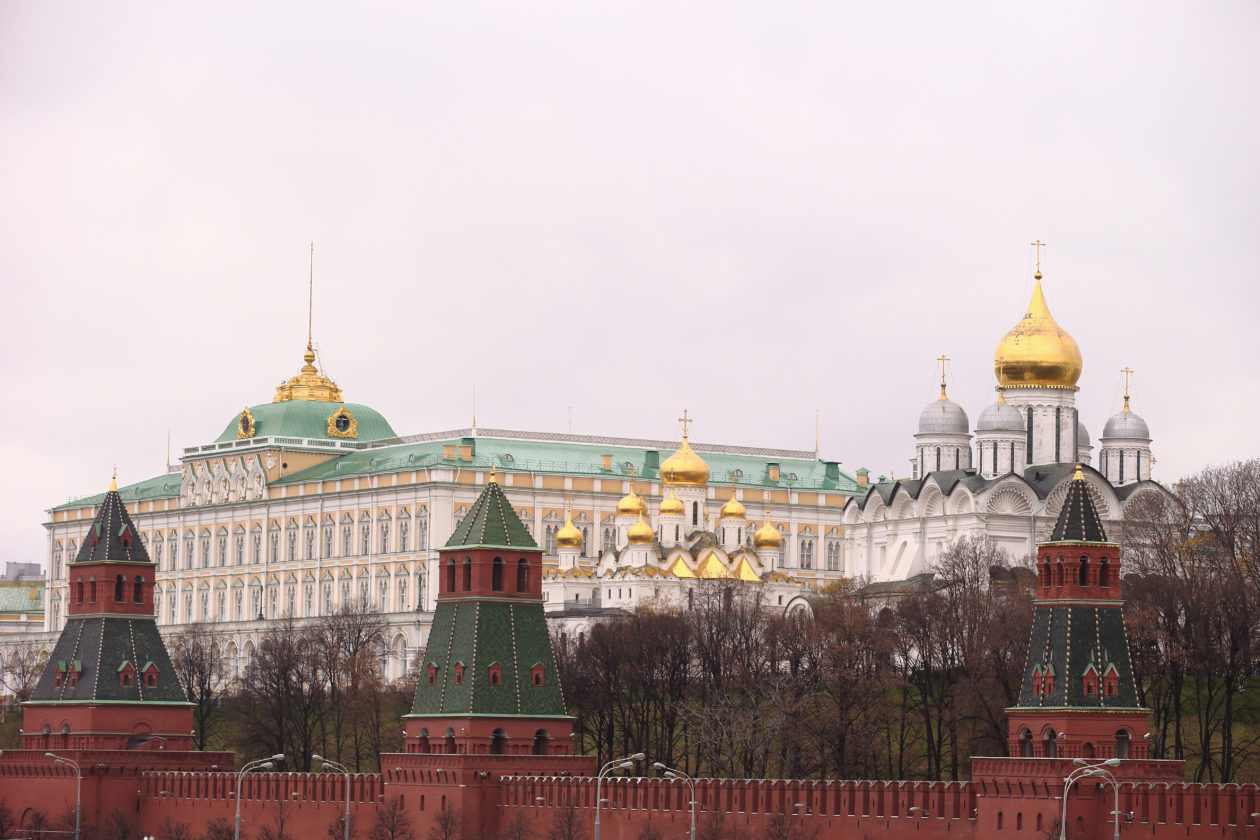Russian President Vladimir Putin signed a digital ruble bill into law on Monday, approving the use of its central bank digital currency for payments starting from Aug. 1.
See related article: Russia delays CBDC pilot to await new law
Fast facts
- The Bank of Russia, the nation’s central bank, will directly manage and maintain the digital ruble infrastructure and will be responsible for all stored assets.
- The new law states that the digital ruble is to be used for payments and money transfers and not for investments.
- Head of Russia’s central bank Elvira Nabiullina said that the use of the currency will be optional but added that the bank hopes adoption will pick up as the currency aims to bring convenience and efficiency for businesses and consumers
- The development comes after Russia’s State Duma — the country’s lower house of parliament — passed the digital ruble bill on July 11. The Federation Council — the upper house — approved the bill on July 19.
- Last year, several Western nations imposed sanctions on Russia as a response to the Ukraine war.
- The sanctions prompted Russia to seek alternative ways to carry out cross-border transactions, said Anatoly Aksakov, head of the financial committee in Russia’s lower house of parliament last year, according to a Reuters report.
- See related article: Russia is 2nd biggest Bitcoin miner after U.S.: report




